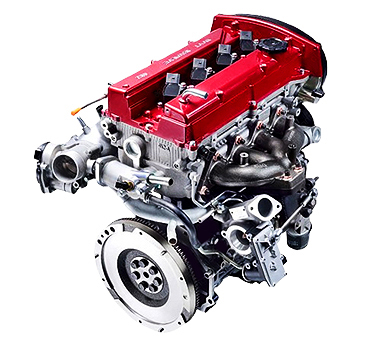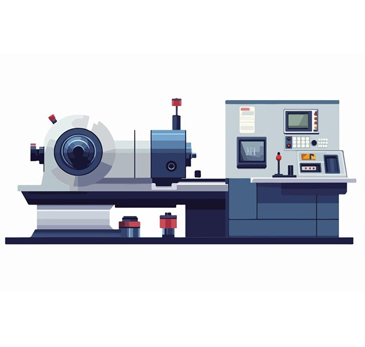
Automotive Engines
What makes a car move when you press the accelerator? It’s all thanks to the automotive engine — the beating heart of every vehicle. From tiny scooters to big trucks, engines power them all by converting fuel into motion.
What is an Automotive Engine?
An automotive engine is a machine designed to convert fuel into mechanical power. Most cars use internal combustion engines (ICE), where fuel like petrol or diesel is burned inside the engine to create energy. This energy pushes pistons, which turn the crankshaft, ultimately moving your wheels. Think of it like a strong muscle that pushes the car forward.
Types of Automotive Engines
Petrol (Gasoline) Engine
- Runs on petrol.
- Uses a spark to ignite the fuel.
- Common in cars and bikes.
Diesel Engine
- Runs on diesel fuel.
- Uses compression to ignite the fuel (no spark).
- More fuel-efficient and powerful.
Hybrid Engine
- A mix of petrol and electric power.
- Helps save fuel and reduce pollution.
Basic Parts of an Engine
Cylinder: Where the fuel burns.
Piston: Moves up and down in the cylinder.
Crankshaft: Converts piston movement into rotary motion.
Camshaft: Opens and closes valves.
Spark Plug: Starts the explosion in petrol engines.
Fuel Injector: Sprays fuel into the engine.
How Does It Work?
Intake – Air and fuel enter the cylinder.
Compression – The piston compresses the mixture.
Power – Spark ignites it (or compression in diesel), causing an explosion.
Exhaust – Waste gases are pushed out.
This 4-step cycle keeps repeating. It’s called the Four-Stroke Cycle.
Why Are Automotive Engines Important?
Provide motion to vehicles.
Decide performance – how fast or powerful a car is.
Affects fuel efficiency and pollution levels.
Play a big role in safety and comfort.
Engine Testing and Measuring Equipment
To check how well an engine performs, we use tools like:
Dynamometers (for torque and power),
Combustion analysers (for pressure and heat release),
Emission testers (for NOx, CO, and HC),
Flow meters (for air and fuel rate).
Methods to Improve Engine Performance
Improving performance isn’t just about more power. Some key methods include:
- Advanced ignition control and timing
- Variable valve timing (VVT)
- Forced induction (turbocharging/supercharging)
- Friction reduction through better materials
- Lightweight engine components
- Electronic fuel injection systems
Fun Fact
The world's first practical engine-powered vehicle was built by Karl Benz in 1885. It used a single-cylinder four-stroke engine producing just 0.75 horsepower, but it started a revolution that led to today’s high-performance, ultra-efficient engines!
Conclusion
Automotive engines are amazing machines that keep our vehicles moving smoothly and powerfully. Whether they run on fuel or electricity, they are the heart of transportation and have evolved a lot over time. Understanding how they work gives you a deeper appreciation of the cars we drive every day.







